Oasi
Square Shower Drain Grate
Square Shower Drain Grate
Couldn't load pickup availability
SKU:OA-7005
Quick Order View full details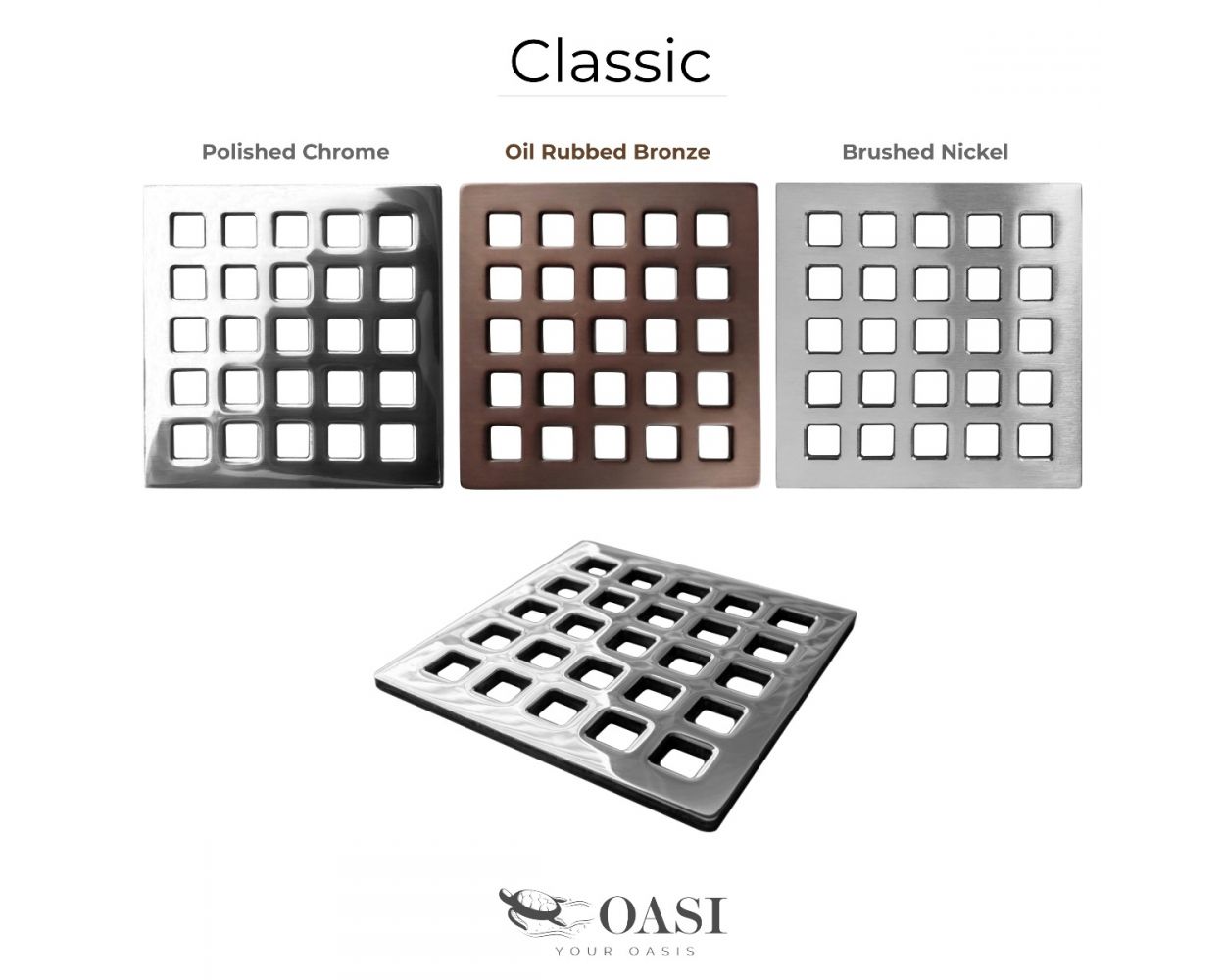
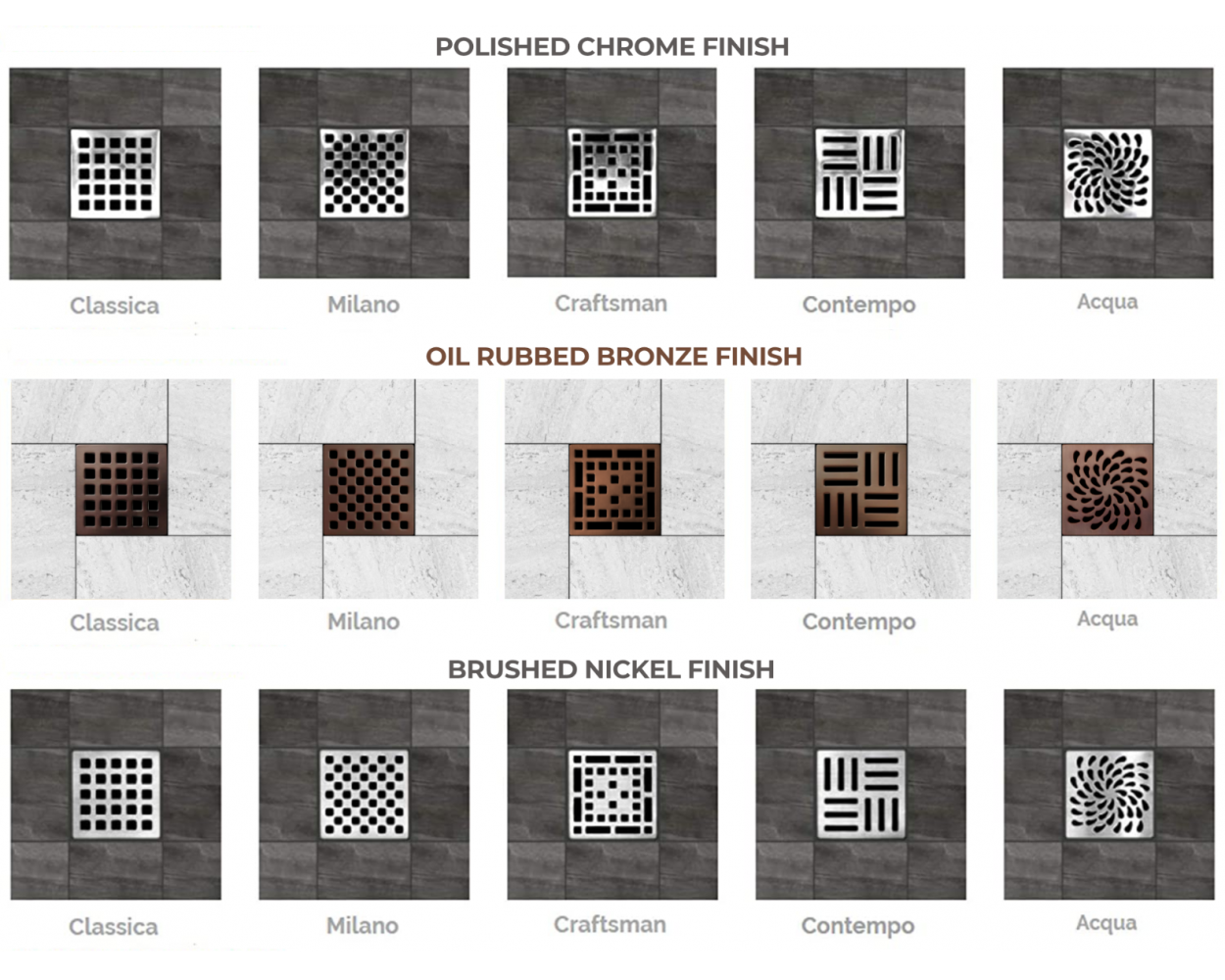
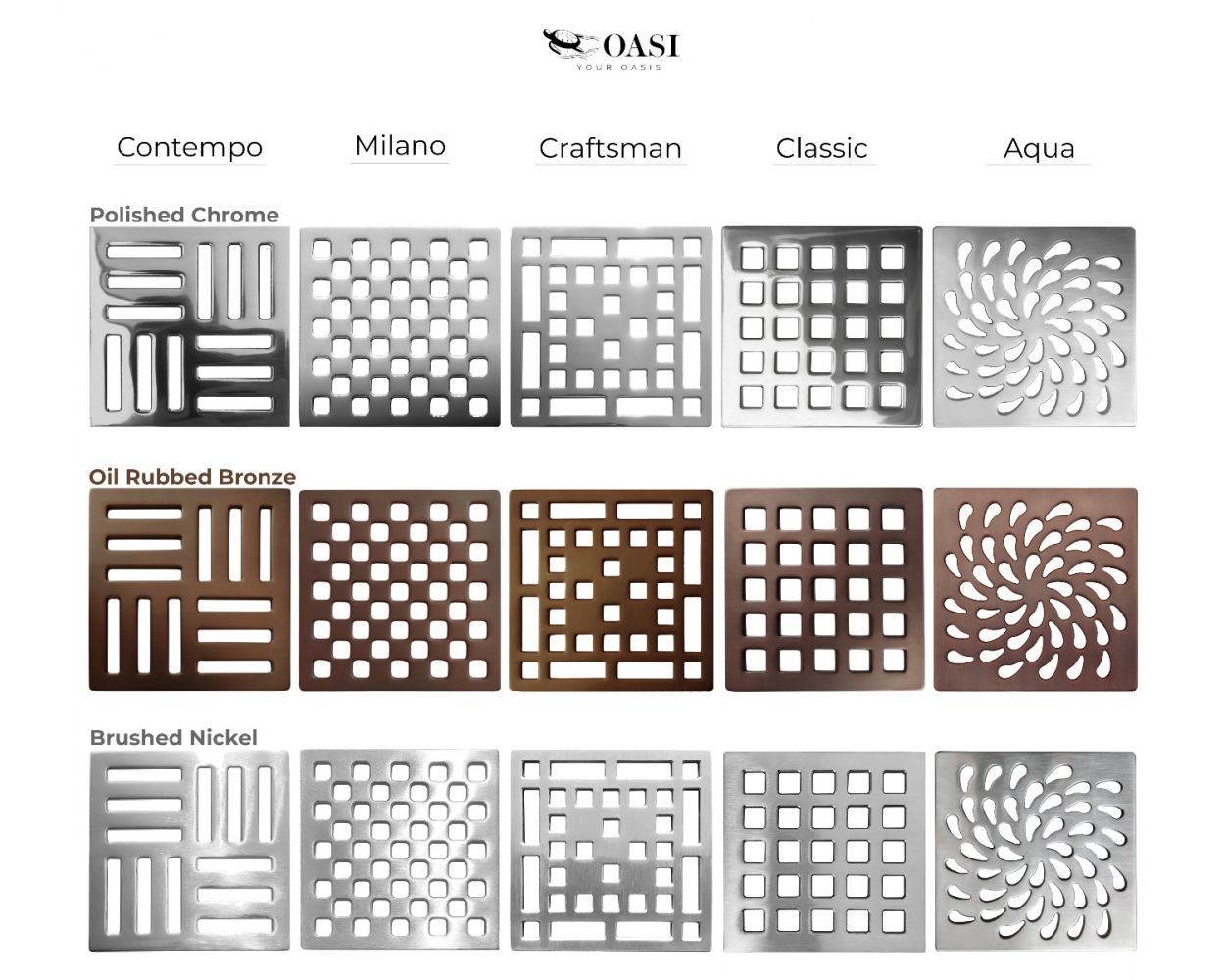
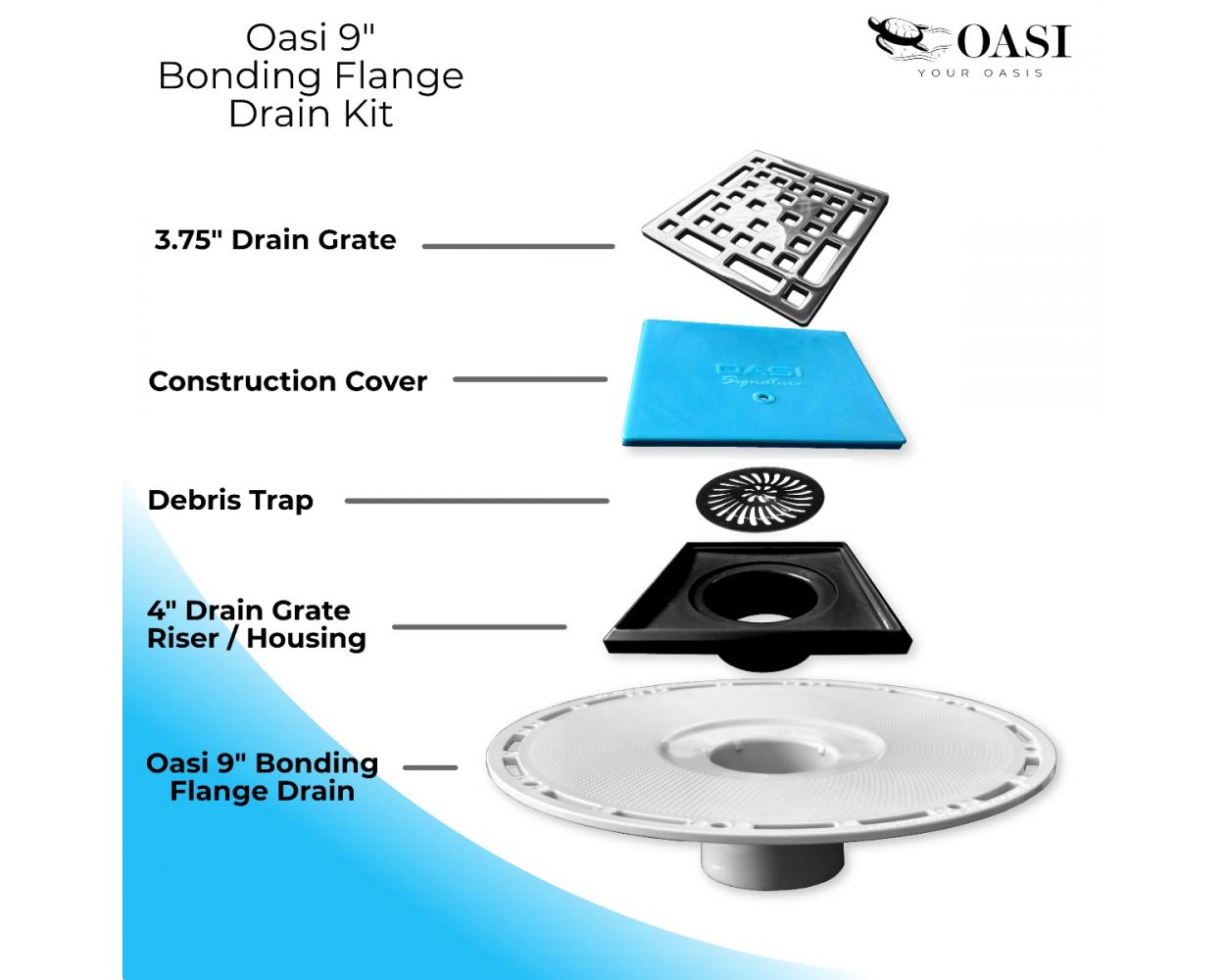
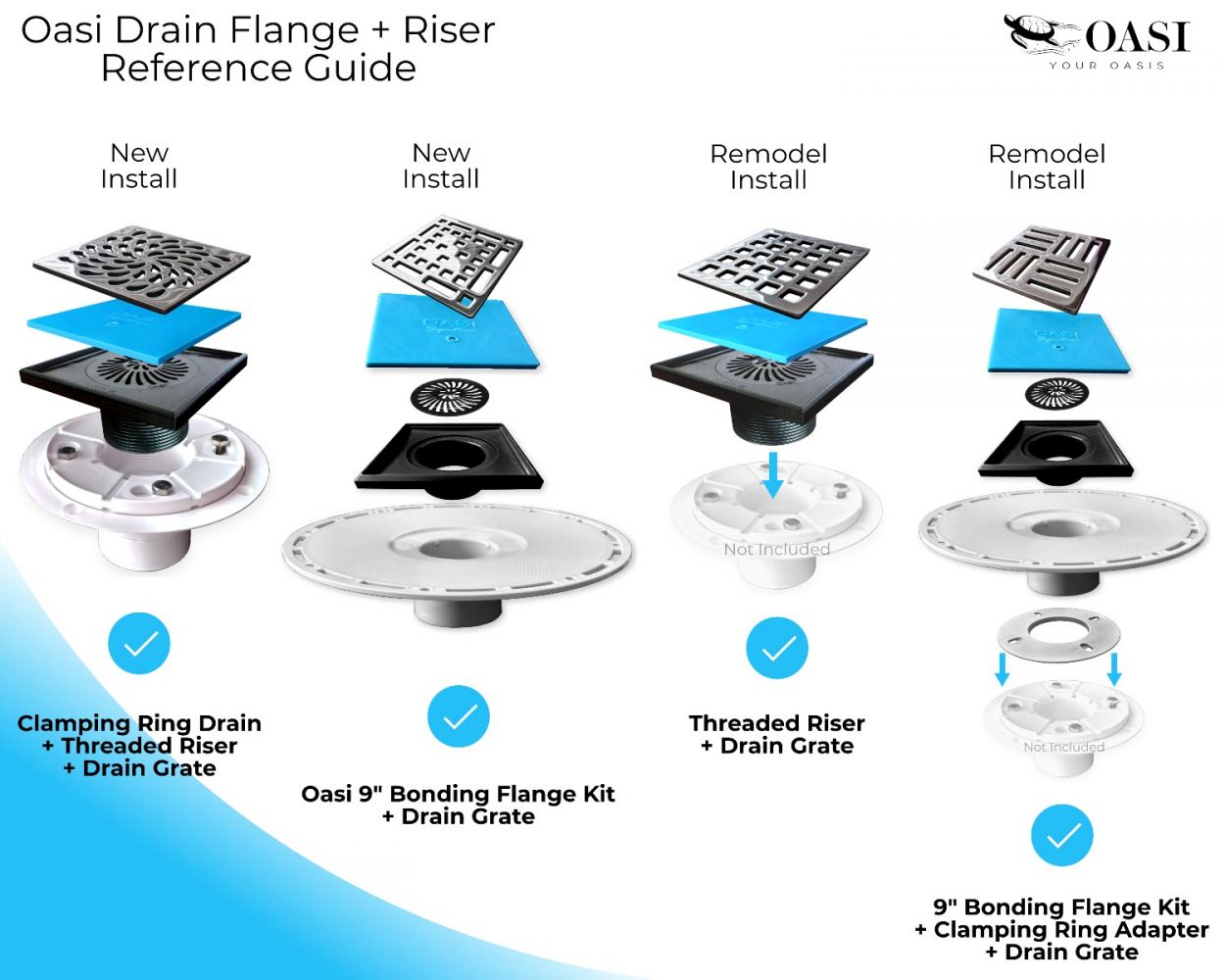
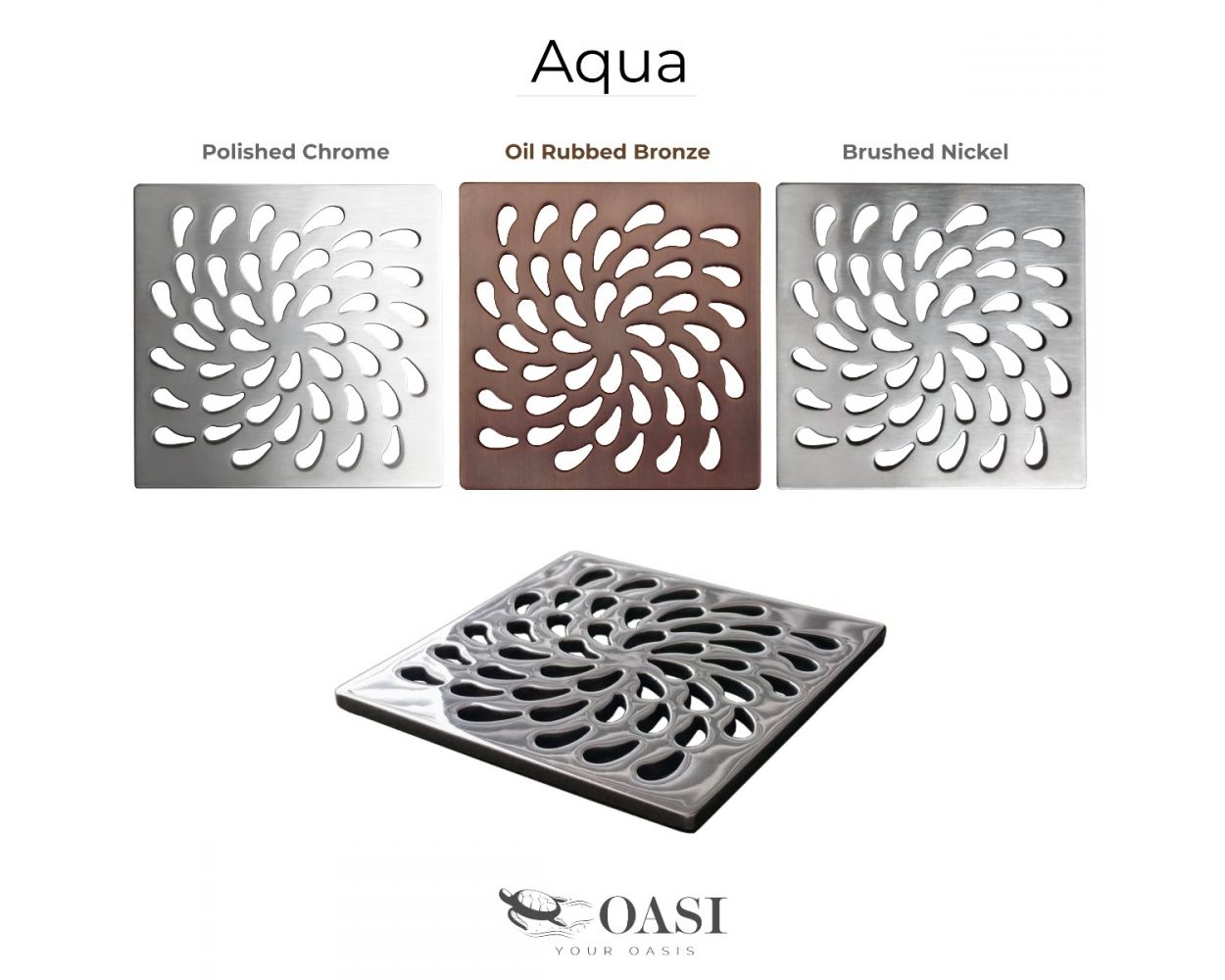
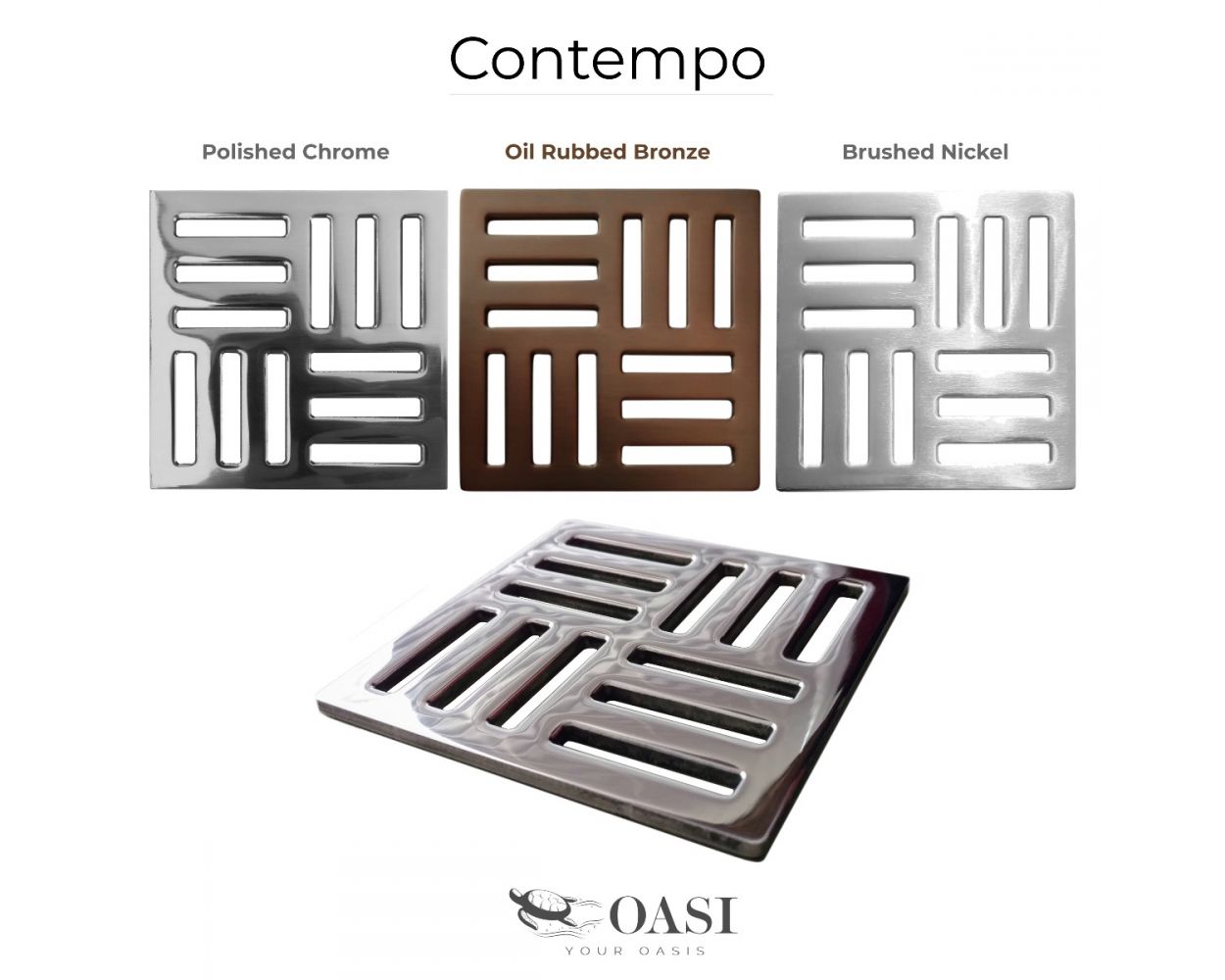
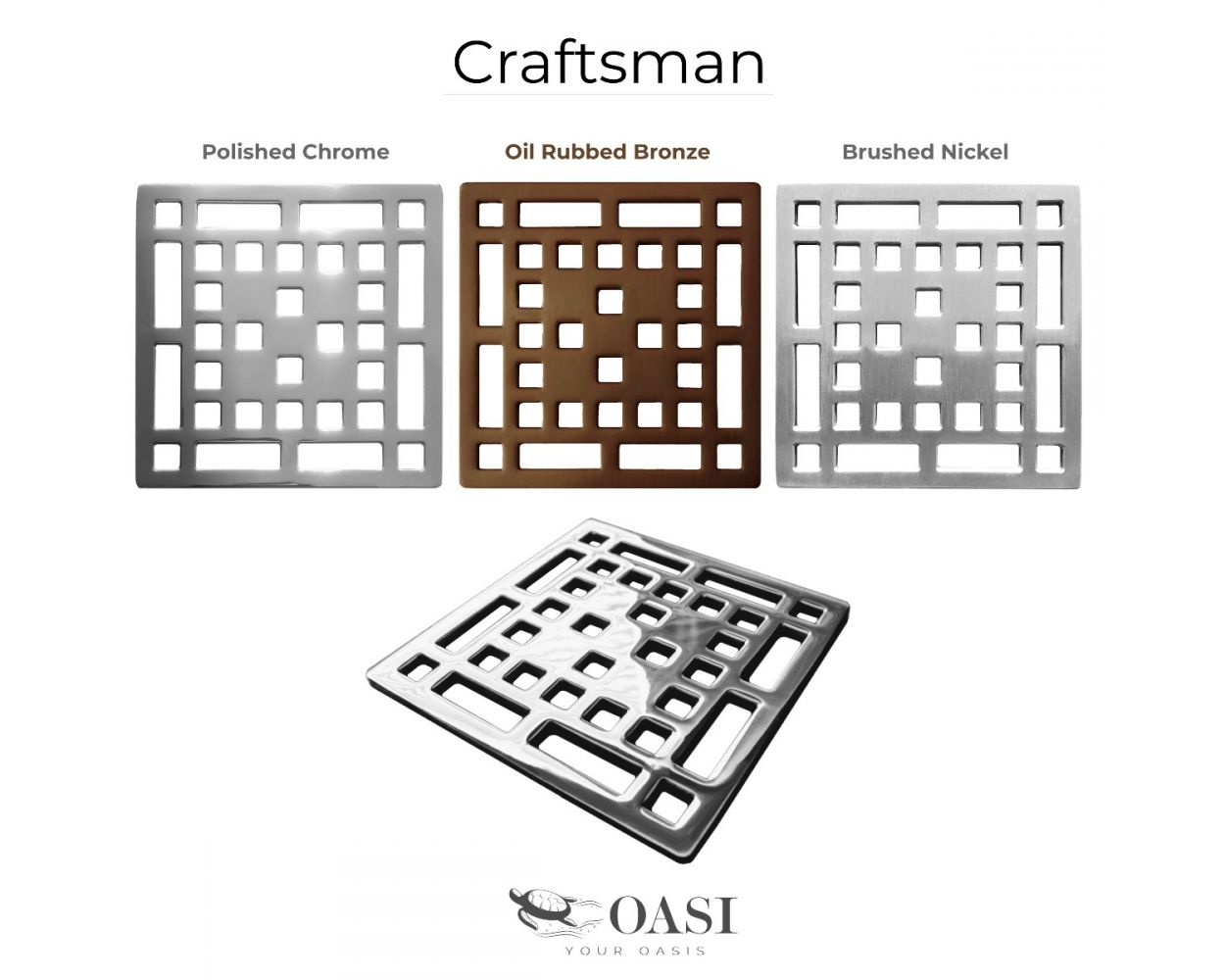
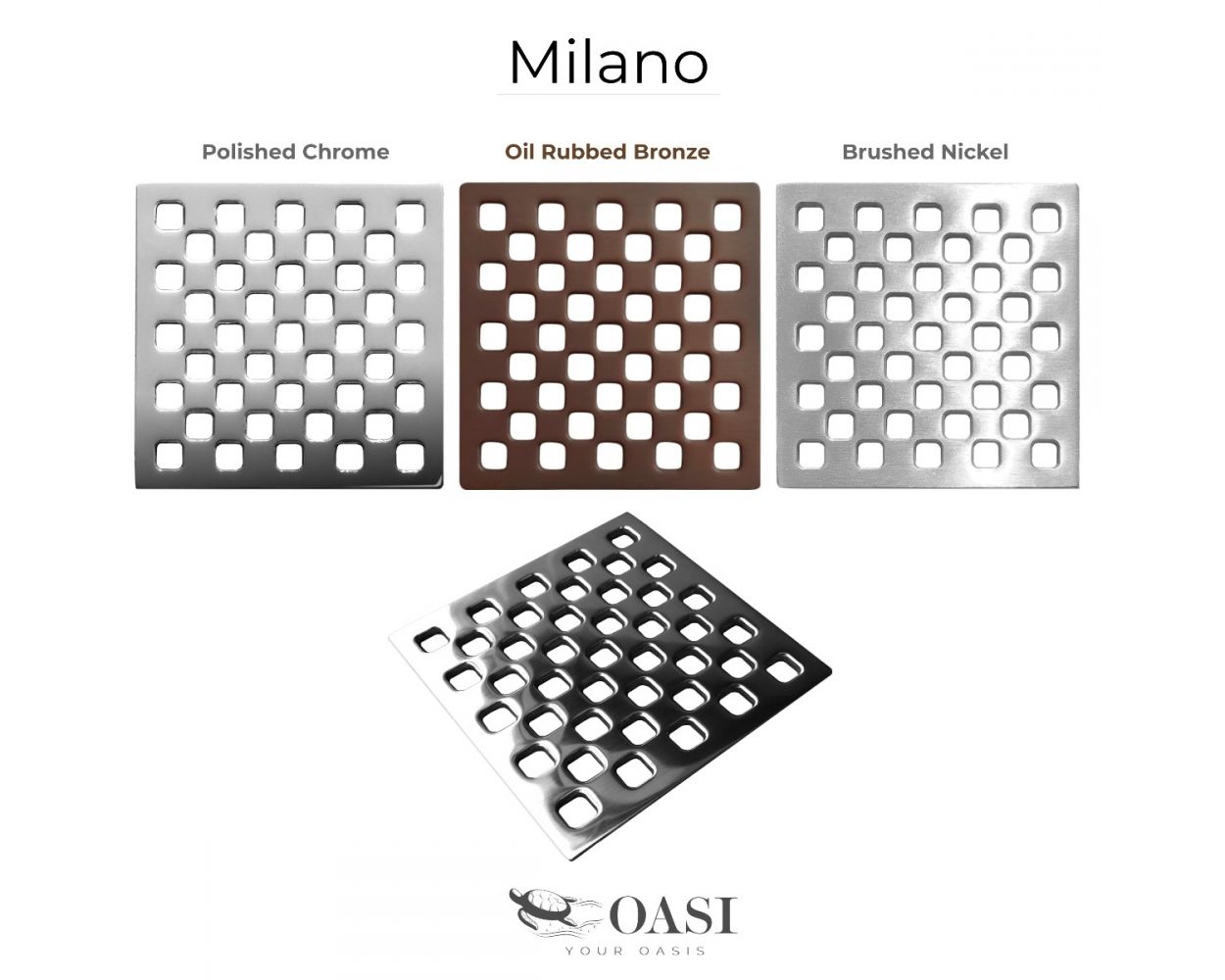
About Square Shower Drain Grate
Welcome to Trugard Direct, your trusted source for top-quality bathroom solutions. In this article, we explore the elegance and functionality of square shower drains, highlighting how Trugard Direct's innovative offerings can enhance your shower space. Discover the benefits of these stylish drains, combining modern design with efficient water evacuation for a seamless bathing experience.
The Appeal of Square Shower Drains
Square shower drains have become a sought-after choice for modern bathroom designs, thanks to their chic and contemporary look. Unlike traditional center drains, square drains offer a sleek appearance that complements a wide range of shower styles. Trugard Direct's square shower drains boast cutting-edge design and craftsmanship, making them the perfect statement piece for your shower floor. Paired with the Trugard Shower Drain Flange Assembly, these drains ensure efficient water evacuation, preventing standing water and reducing the risk of slips, making them a practical and stylish addition to your shower area.
Efficient Water Evacuation
Trugard Direct's square shower drains are engineered with precision to maximize water evacuation. The square shape allows for a larger drainage area, enabling faster and more efficient water flow. This design minimizes the risk of clogs and standing water, keeping your shower floor clean and dry. The improved drainage performance not only enhances safety but also contributes to a more hygienic and pleasant shower experience. With Trugard Direct's square shower drains, you can enjoy the luxury of a well-drained shower space every time you step in.
Versatile Installation and Design
Our square shower drains are designed with versatility in mind, making them suitable for various shower configurations. Whether you have a traditional tub-shower combo or a spacious walk-in shower, our square drains can be seamlessly integrated into your shower floor. Trugard Direct offers square drains with various grate styles and finishes, allowing you to choose the perfect match for your bathroom's aesthetics. The square shape of these drains adds a contemporary touch to your bathroom design, creating a cohesive and visually appealing bathing space.
Easy Installation and Maintenance
Trugard Direct's square shower drains are designed for easy installation, whether you are a seasoned contractor or a DIY enthusiast. Each drain comes with clear installation instructions and all the necessary components for a hassle-free setup. The maintenance of our square drains is also simple, as their smooth surfaces prevent debris buildup. Regular cleaning involves wiping the grate, ensuring your square drain continues to perform efficiently, and maintaining its sleek appearance for years to come.
Upgrade your shower space with Trugard Direct's stylish and efficient square shower drains. Embrace the contemporary design and superior water evacuation for a seamless and hygienic bathing experience. Visit Trugard Direct's website today to explore our range of square shower drains and elevate your bathroom with a touch of modern elegance.





